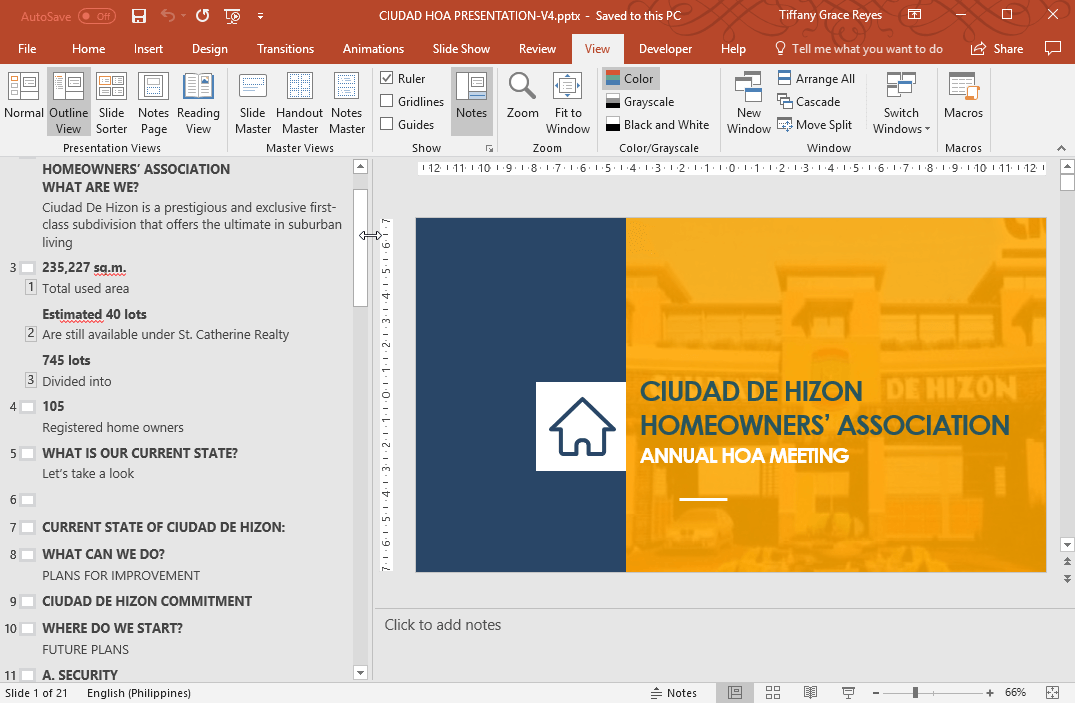

To program an action in PowerPoint, if needed, click the tab for the event to which to add an action. The second is “Mouse Over,” which is when the user rolls their mouse pointer over the button. The first is “Mouse Click,” which is when the user clicks the button. There are only two events, or user actions, for which to program actions. However, for most action buttons in PowerPoint, the action is already programmed for you. You use this dialog box to set the action to occur for the button. The action button appears in that location when you release your mouse button.Īfter adding an action button, the “Action Settings” dialog box appears. Finally, click and drag over the area in the slide over which to add the action button. Then click the action button face to insert from the “Action Buttons” category. Then click the “Shapes” drop-down button in the “Illustrations” button group. To insert action buttons in PowerPoint, click the “Insert” tab in the Ribbon. PowerPoint includes an “Action Buttons” shape category that lets you insert buttons for common slide navigation actions. You can add an action to any slide object, but actions are often associated with action buttons in PowerPoint. Common actions include linking to slides, web pages, and email addresses and running programs. Actions let users perform the action associated with a slide object by clicking or moving their mouse pointer over the object. You can add action buttons in PowerPoint to slides.
#OFFICE 365 POWERPOINT SLIDE SHOW FOR MAC WHAT IS STAGE? HOW TO#
How to Insert Action Buttons in PowerPoint:


 0 kommentar(er)
0 kommentar(er)
